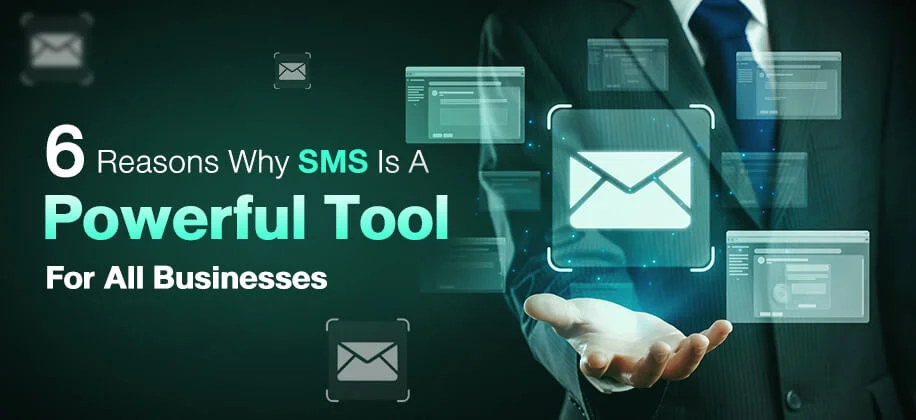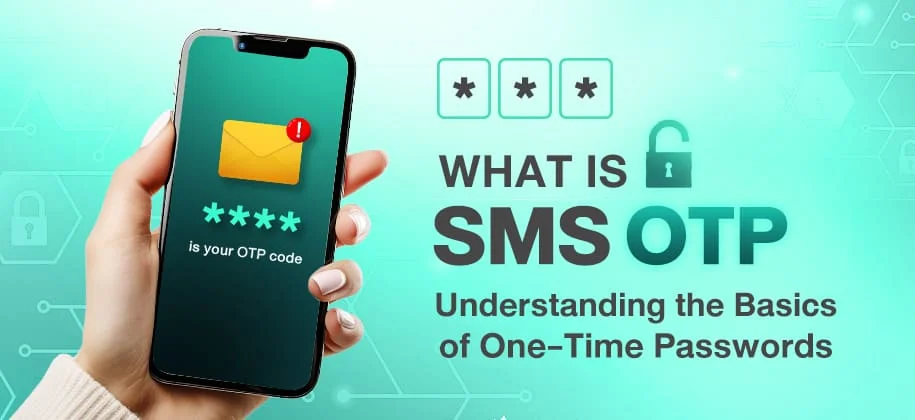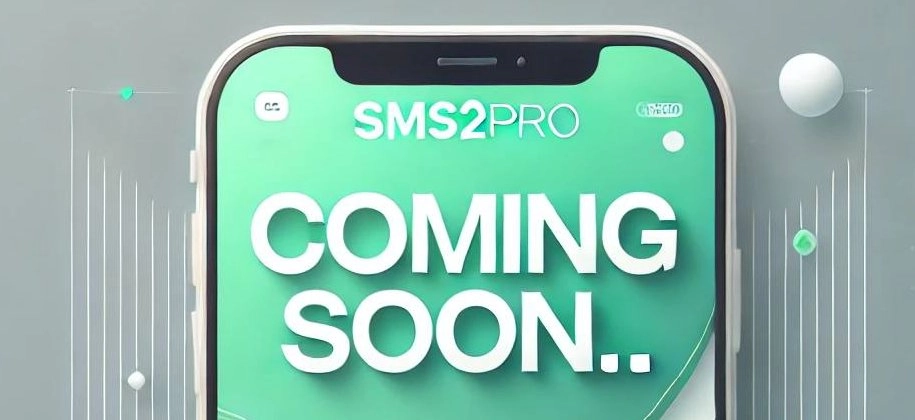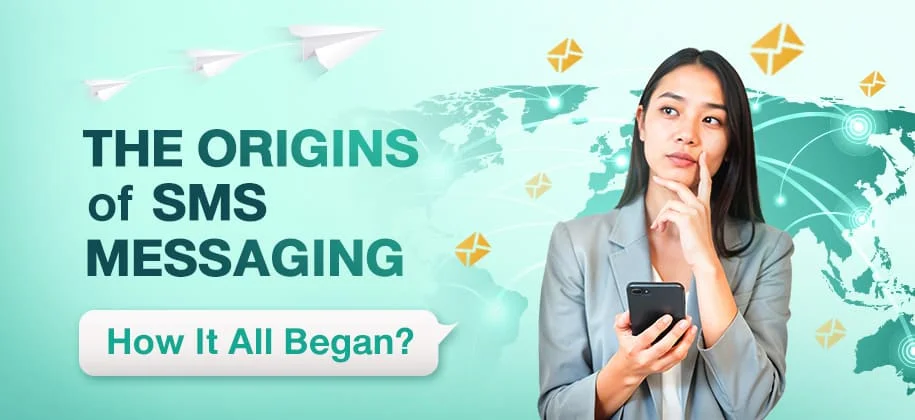

Introduction
Short Message Service (SMS), or text messaging, has emerged as a fundamental element of everyday communication for billions of people across the globe. SMS is not only versatile, convenient, and pervasive, it can do everything from quick reminders to long discussions. But how did SMS come to be? In this article, we will take an overview of where it all started, when SMS first originated and how it transformed into one of the most popular communication mediums around the world.
Origin of SMS: Humble Beginnings
SMS originated in the late 1980s, early in the development of mobile telephony. SMS, or Short Message Service, was developed out of a need to transmit short business-type messages between mobile networks. It began in Europe as part of a standard developed by engineers working on the Global System for Mobile Communications (GSM) standard.
Gold Standards of GSM: Paving the Path
The development of GSM, a standard for digital cellular networks, started in 1982. One of the most important goals of the GSM system was to turn mobile phone into systems not only providing the voice communication but also allowing the text which significantly improve the functionality of mobile networks by allowing people to communicate in a way that was more efficient and less intrusive than voice calls.
The Role of Neil Papworth
SMS, short for Short Message Service, was first out on December 3, 1992, when Neil Papworth, a software engineer at Vodafone, sent the world’s first SMS message. So Papworth sent the message, “Merry Christmas,” from his computer to the mobile phone of Richard Jarvis, a Vodafone director. That was the official birth of SMS, even if it was mostly viewed as a novelty (rather than a mass communication tool) at the time.
From the 1990s to the Early 2000s: The Growth of SMS Messaging
SMS was not originally used for personal communication. The earliest mobile phones did not provide a lot of functionality, and SMS was primarily used by network operators for administrative purposes, such as sending billing alerts to customers or service notifications. But, as more intuitive mobile devices spread and GSM networks became more widespread behind them, SMS finally made its way into the hands of ordinary people.
The Commercialization of SMS
With the rise of mobile phones in the 1990s, businesses started to recognize the commercial potential of SMS. The first SMS-based services — from news updates to weather reports to stock alerts — helped establish SMS as a business tool. It was 1999 that SMS marketing became a thing and businesses started using SMS to communicate with their clients directly. This was the blossoming moment of SMS, turning it from a personal-type communication tool to an integral part of business sales strategies.
The 2000s: SMS Goes Mainstream
By the early 2000s, SMS was mainstream. Mobile phone usage was booming worldwide, and so was SMS, becoming a common communication tool. People started texting each other about the mundane, and the volume of text messages sent daily skyrocketed.
For a start, during the period from the 1990s to the late 2000s, mobile phones had changed, with QWERTY keyboards and bigger screens making it easier to send longer and more complex messages. The launch of multimedia messaging (MMS) also enabled users to send images, videos, and audio clips in addition to plain text, greatly extending the potential of SMS.
How SMS Influences Individual Relationships and Society
SMS changed the way people communicated by allowing them to remain connected while on the go. The most remarkable game-changer was the transition from off-line voice communication to chat communication. SMS has its benefits, some of which include:
Convenience: It does not take long to text someone as opposed to making an unnecessarily complicated phone call or dragging a conversation.
Discreetness: SMS allows people to communicate without disturbing others, making it perfect for places where phone calls are not appropriate.
Integrity: SMS is a global communications standard and there was a need to send an international message.
SMS and Social Movements
SMS was more than a personal and business communication instrument. It was critical to social movements and poli~tical action. SMS became a key tool for organizing protests, spreading political messages, and even planning emergency responses in the 2000s.
In 2005, when riots broke out in France, they were organized by SMS, and in 2009, the Iranian Green Movement used SMS to direct supporters and communicate campaigns in response to the Islamic Republic's crackdown on traditional media.
From Texting to Modern-Day Applications: The Evolution of SMS
But it was the internet and smartphones that brought forth more messaging platforms. Instant messaging applications such as WhatsApp, Facebook Messenger and Telegram have almost entirely superseded standard SMS for personal communication. Such apps often have more features than SMS, including group chats, video calling, and file sharing.
Despite these new platforms emerging, SMS remains one of the most critical ways to communicate. This is particularly common in emergency notices, two-factor authentication, and marketing campaigns. SMS is also popular in countries with low internet penetration or less smartphone penetration.
SMS in Business: The New Wave of SMS Marketing
The business communications industry is one of the most prevalent areas where SMS has furthered its success, and more specifically — SMS marketing. SMS that goes under the SMS marketing campaigns are used by businesses to send customers time-sensitive promotional offers, reminders, and personalized offers. Due to its high open rates and directness, SMS marketing is considered to be very effective. 98% of SMS messages get opened and read within minutes of being received, according to studies.
Mobile Marketing SMS marketing has seen a dramatic boom as businesses leverage SMS marketing to increase customer engagement, drive loyalty programs, and increase conversions. SMS are commonly combined with other digital marketing channels on multi-channel campaigns like email and social media campaigns to increase general reach.
The Future of SMS Messaging
However, with the constant advancement of technology, SMS messaging has also changed. While new messengers become more and more popular, SMS still lives and continues to adapt to the new trends. With the exception of these limitations, are part of this reason for the future of SMS, is the way are continuing comes together in creating new solutions, such as rich media messages and interactive features to show further increased user experiences.
But among the most exciting is RCS (Rich Communication Services), which is a next-generation messaging protocol that is meant to expand SMS capabilities, so you can send higher quality images, see read receipts, engage in (near) real-time chat, and more. RCS aims to create a bridge between traditional SMS and advanced messaging apps.
Conclusion
The evolution of SMS messaging is remarkable, starting with a test message in 1992 to what has become a routine for billions worldwide. From its roots in the 1980s to its ubiquity in personal communication, business, and social change, SMS has played a significant role in the way we interact with one another.
At present SMS is one of the most trickiest mediums for businesses, marketers and individuals to send messages. But even with the rise of other messaging types, SMS is still an incredibly powerful and ubiquitous form of communication with a reach that can only be matched by a handful of other technologies to date. SMS is going to keep evolving, making its way into newer technologies and making them available to a large global user base. This is incredible! It speaks volumes about how usable this platform is with shiitake social media.
References:
- Neil Papworth's First SMS: "The First SMS Was Sent 30 Years Ago – Here's the Story Behind the Message," Vodafone News, December 3, 2022.
- The Rise of SMS Marketing: "SMS Marketing: The Ultimate Guide for 2023," SMS Marketing Hub, January 2023.

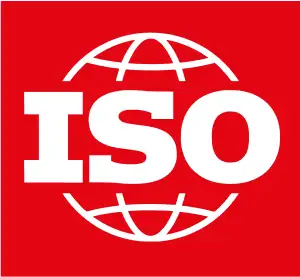
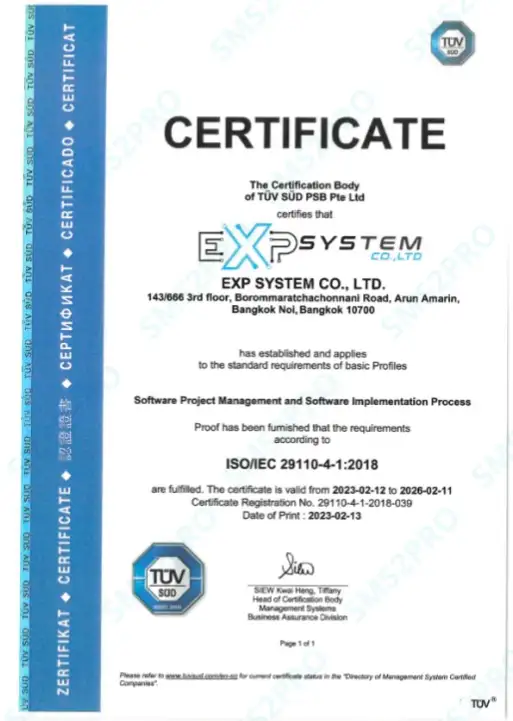
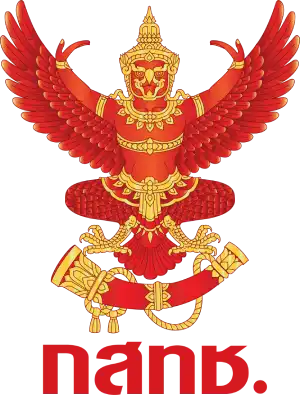
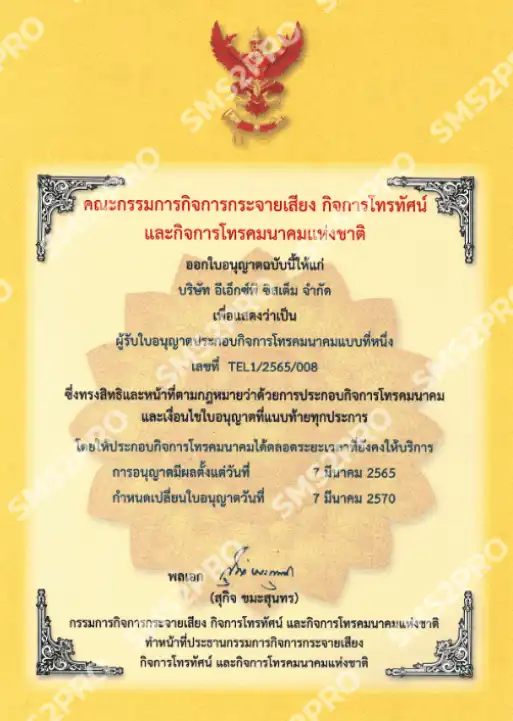

Software Implementation Process

reliable SMS services
